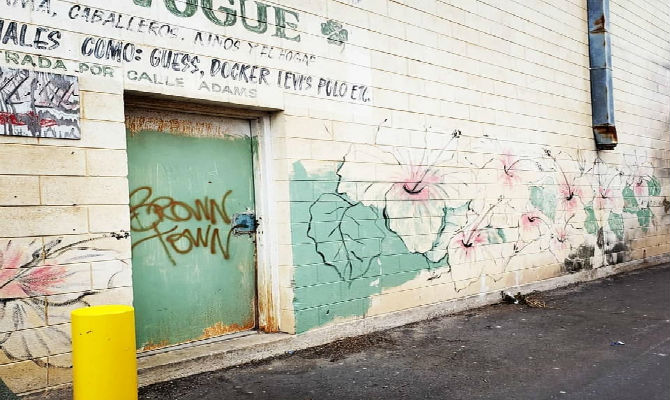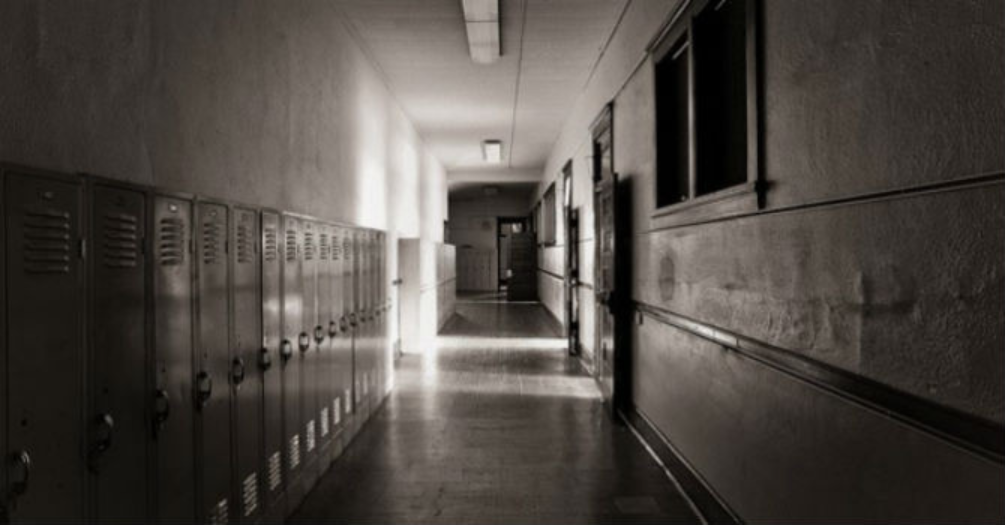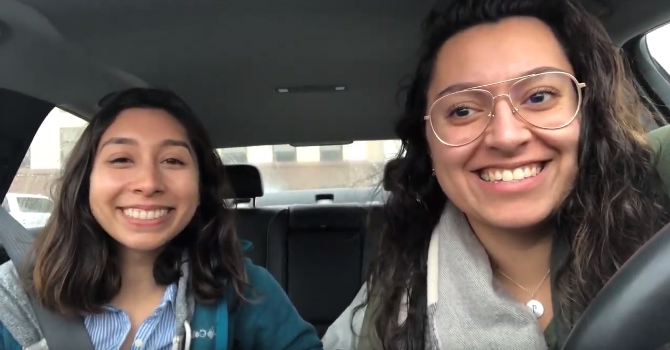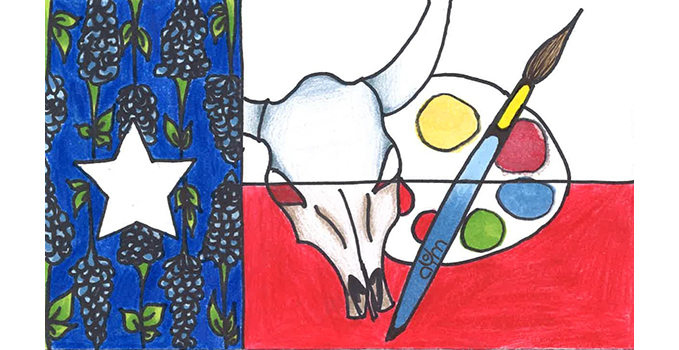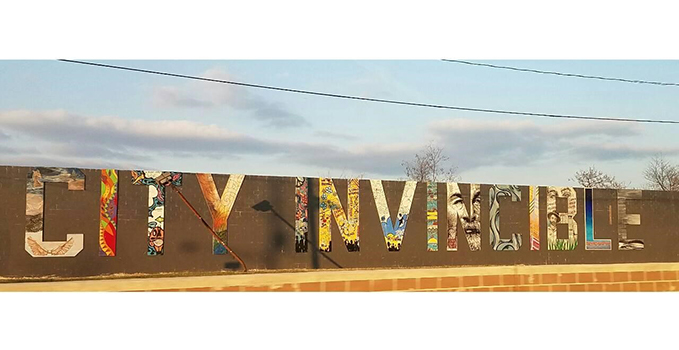Gathering Insights for Supporting Youth in the Rio Grande Valley
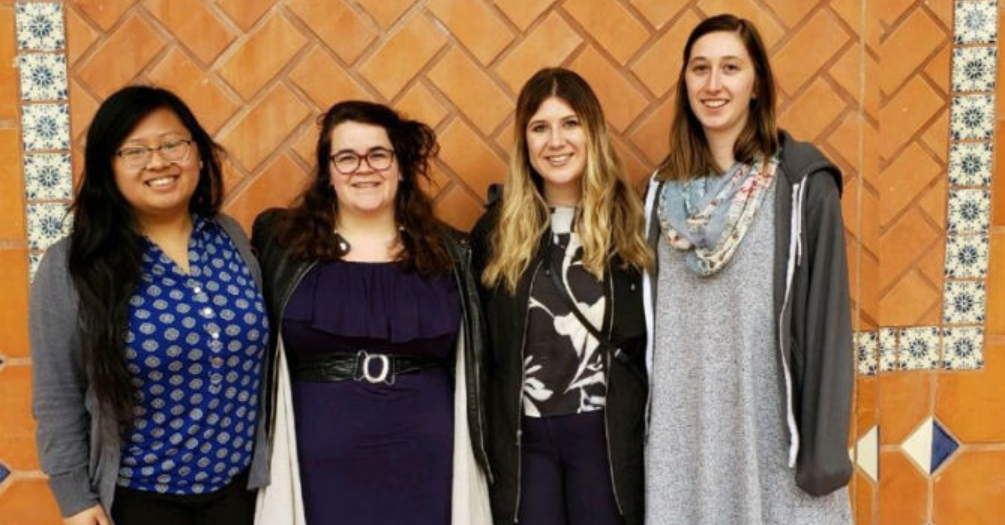
Emma Share, HBHE Student
April 2, 2019, Health Behavior and Health Equity, Mental Health, Practice, Texas
As I write this on the plane ride home, it feels like I just arrived. I didn’t get to see as much of the Rio Grande Valley as I’d hoped. But I did get to experience communities through conversations about youth mental health with local stakeholders. At first I felt uncomfortable about our role as outsiders asking about something so complex and sensitive. It felt intrusive diving into questions about how cultural identity, family values, deep-rooted stigma and many other factors influence mental health.
As we got deeper into the interview process, I started feeling a little more confident in our role. It was clear that talking about factors of mental health isn’t routine for many of these stakeholders. They were very generous with their time and eager to share their experiences. In one interview, right after we read through the introduction script, the staff paused to call their final team member saying “oh we need to get him over here for this, he’d be so disappointed if he missed it.” In that moment, I realized the uniqueness of our role. We helped to create opportunities for people who work with youth to share their personal perspectives and beliefs about a stigmatized topic. Though we weren’t always familiar with the specifics of local systems, and we certainly weren’t experts on life in the Valley, we did offer a new set of ears to listen in on how people view this issue in their community.
We spent our days traveling to schools, health departments, and area providers for interviews. Each conversation provided a nuanced picture of the strengths, struggles, and barriers to supporting students’ mental health. In one school, where incredible student paintings line the hallways, a team of social workers address behavioral health through a holistic and alternative lens. After-school programming promotes social-emotional growth and draws on Chicano culture as a source of pride and power for their young people. When many youth struggle with feeling not “American-enough” or “Mexican-enough” in the Valley, they believe nurturing cultural identity is an integral part of supporting emotional health. We got goosebumps as they shared with us stories of student advocacy and self-discovery.
The impactful interviews came not only from powerful success stories, but also hearing from nonprofit youth workers about the hard truths in the Valley’s most struggling schools. The districts without social workers, without structures for support. Where a student crying on the hallway floor is given a jello cup and told to go back to class.
Though awareness of mental health concerns in the Valley is growing, there’s a lot of work yet to be done to support youth. The stakeholder conversations illuminated lots of ideas for interventions, prevention, and support for their specific communities. And it’s clear there can’t just be one way to promote mental wellbeing in the Valley.
Initially, I was confused about what I could offer as an outsider. By the end of the interviews, I gained a new appreciation for our role. As interviewers, and outsiders, we’re not the change agents. The community is. The interview process helped give voice to their insights. As active listeners we offered an opportunity for community members to pause, reflect on, and explore the complex needs of adolescents and their hopes for the future.

